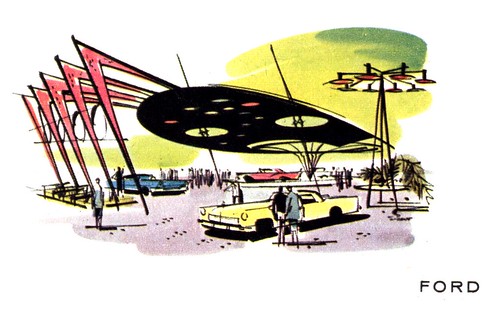
"The postwar era of no-holds-barred competition is over," writes Siler Freeman in this December 1956 article from Collier's magazine. "Although frantic selling methods boosted 1955 sales to a record high of 7,200,000, the motoring public just couldn't absorb that many new cars again in 1956 and sales plummeted to 5,900,000. The free-for-all also had two sobering results. With neither funds nor the facilities to match the Big Three's sales campaigns in recent years, four independent auto makers have given up the fight and either closed shop or merged with other hard-pressed independents."

Sound familiar?
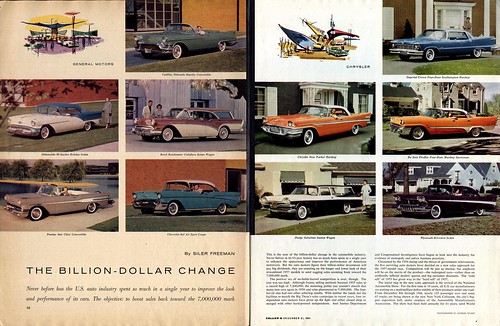
In that same 1953 issue of Art Director and Studio News I quoted from yesterday that spoke so glowingly about job prospects in Detroit for illustrators, there is this tiny but forboding paragraph in the "Business Briefs" section:
Economists eyes are on Detroit. One of the first markets to show signs of drying up is automobiles. Used cars are piling up. Trade-in values are down, discouraging some new car sales. But advertising is being intensified to spur sales.
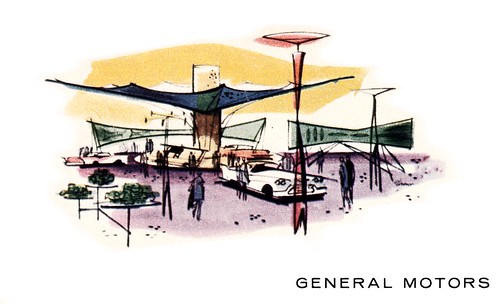
So that seems to explain the weird dynamics at play during the mid-50's. The advertising push of the early 50's created a wealth of commercial art jobs in Detroit and succeeded in getting consumers to buy a record number of new cars - if only for a year or two. Then, the inevitable backlash... a saturated market and the unavoidable impact on the industry.
How would Detroit deal with that reduction in sales? Siler Freeman's article explains:

"Chastened by the 1956 slump and the threat of government intervention, the five surviving auto makers have decided on a new sales approach for the 1957-model year. Competition will be just as intense, but emphasis will be on the merits of the product - the redesigned cars - rather than on artificially inflated dealers' quotas and big customer discounts. The "wild sell" of 1955 has given way to the "hard sell" of 1957."
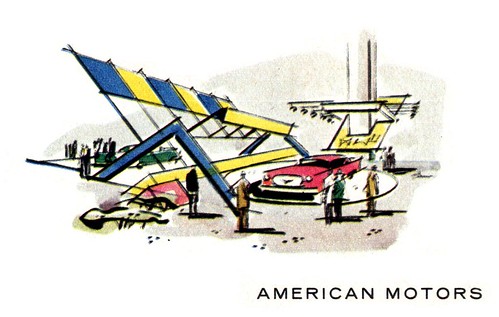
And how did Detroit's change in attitude affect the look of auto ad art?
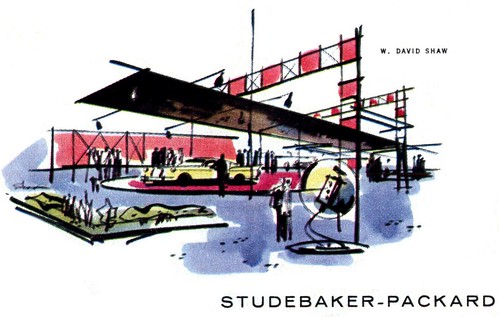
Tomorrow, we'll take a look.
* If you're interested in reading the entire article you'll find it at full size in my Auto Ads Flickr set.
No comments:
Post a Comment